Northern Gaza Becomes Deadliest Combat Zone
Northern Gaza’s danger escalates with landmines, IEDs, and artillery strikes, creating severe risks for troops and civilians alike.
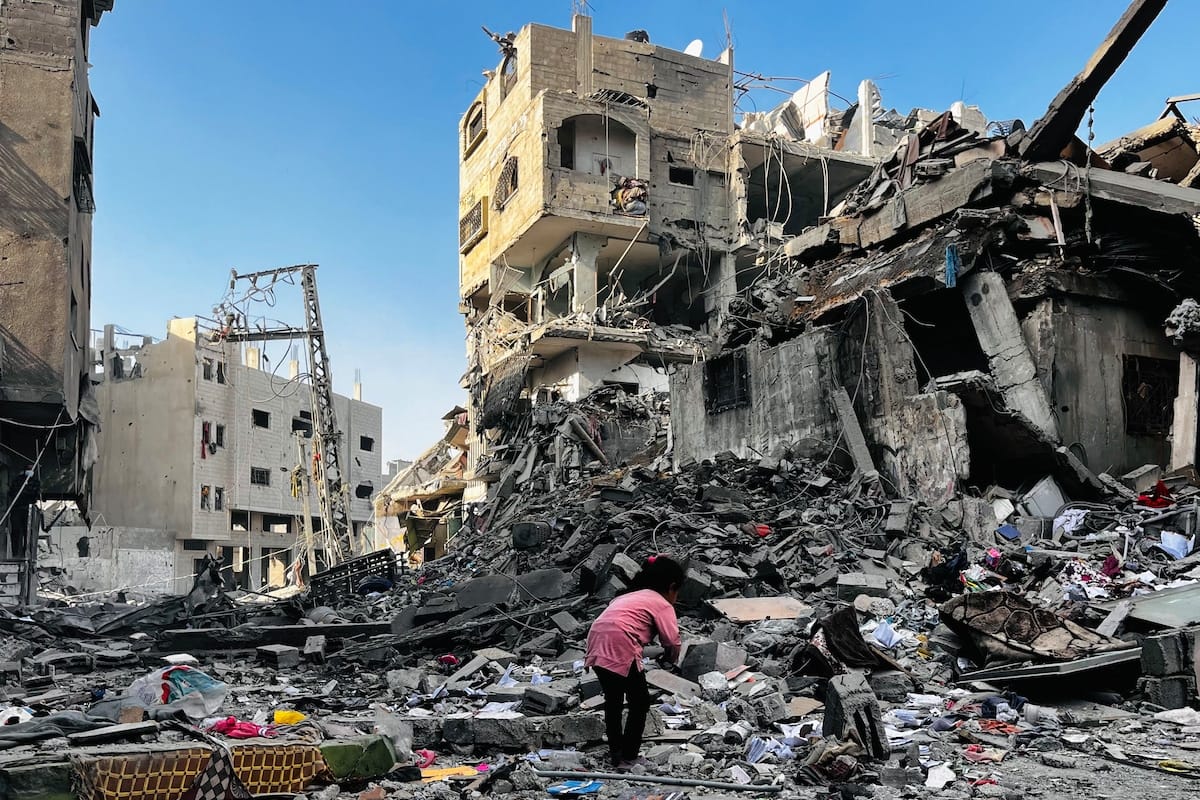
Northern Gaza is once again in the global spotlight following a series of deadly incidents that confirm its status as one of the most dangerous operational zones in the Middle East. From 2024 through mid-2025, this area has been the epicenter of intense battles between the Israeli military (IDF) and militant groups such as Hamas, marked by heavy artillery use, landmines, and Improvised Explosive Devices (IEDs) planted throughout urban and agricultural areas.
Intense Fighting and Artillery Strikes in Northern Gaza
Since the October 2023 Hamas attack on Israel, IDF counter-operations in northern Gaza have continued relentlessly. Areas like Jabalia, Beit Hanoun, and Beit Lahia have frequently become the main targets of aerial and ground assaults. Data from Human Rights Watch and reports by Times of Israel indicate that hundreds of 155 mm artillery shells have struck densely populated neighborhoods and farmland, greatly increasing civilian casualties. As a result, Northern Gaza’s infrastructure is nearly paralyzed, and thousands have been forced to flee for safety.
Landmines and IEDs: Hidden Threats at Every Turn
The greatest risk in Northern Gaza comes from landmines and IEDs concealed in fields, the rubble of destroyed buildings, and even along evacuation routes. Reports from Landmine Action highlight that Northern Gaza now has the highest concentration of explosive devices in the entire Gaza Strip. Militants use destroyed buildings and agricultural lands to plant explosives targeting both military forces and civilians. This makes every movement—by Israeli soldiers or local residents—extremely hazardous.
Direct Impact on Military Operations and Civilians
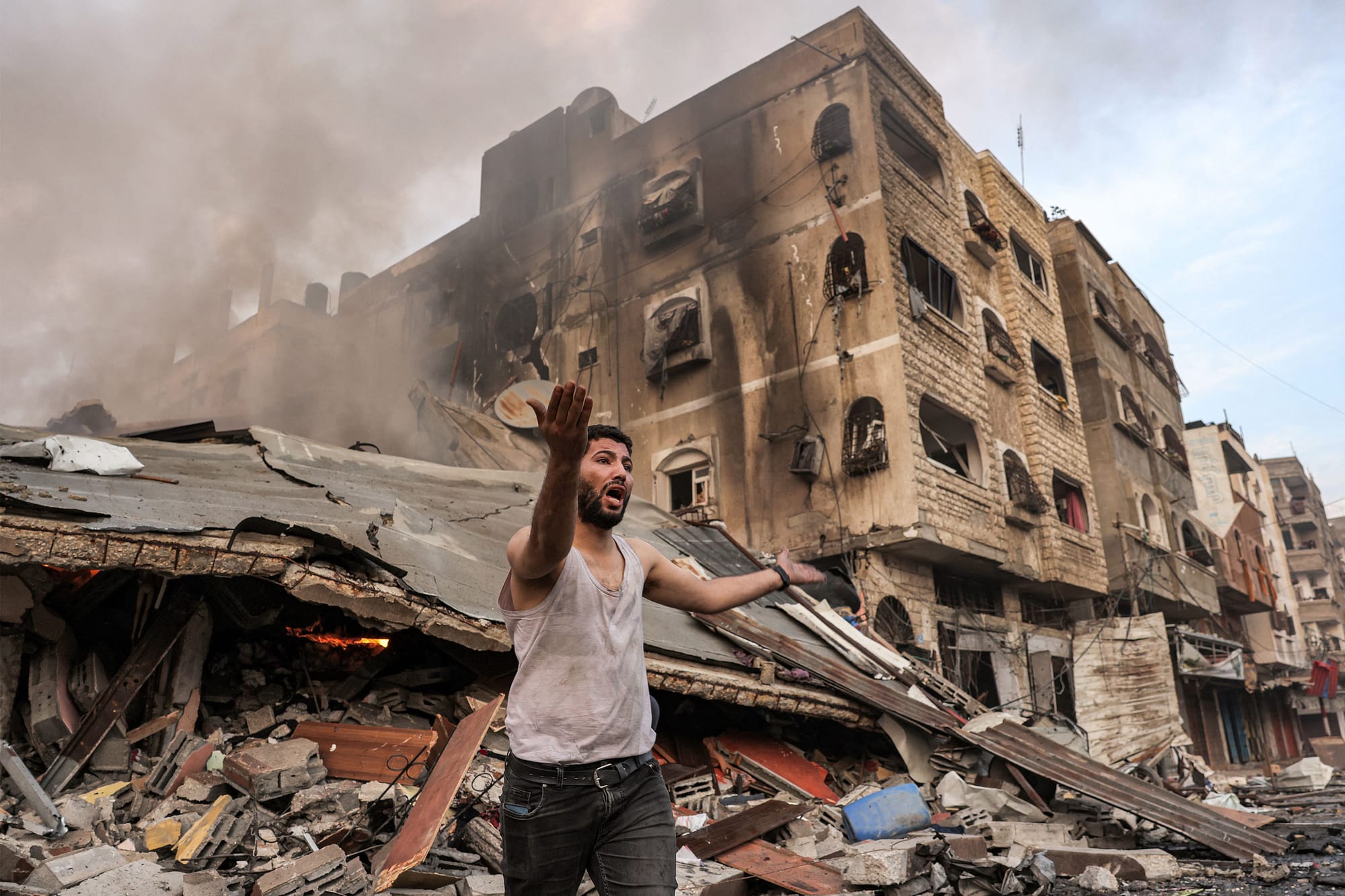
The high density of landmines and IEDs has led to increasing casualties among IDF troops. The explosion that killed Sergeant Yisrael Natan Rosenfeld on June 29, 2025, is just one of many cases affecting Israeli forces as they attempt to regain control of the region. In addition, DW News reports that landmines frequently injure civilians trying to evacuate, particularly women and children traversing emergency corridors.
Relentless artillery strikes have made matters even worse. Homes, healthcare facilities, and schools have been severely damaged, hampering humanitarian aid access. Organizations such as the Red Cross and UNRWA report severe difficulties evacuating victims and delivering aid amid the constant threat of further explosions.
Militant Tactics and Humanitarian Obstacles
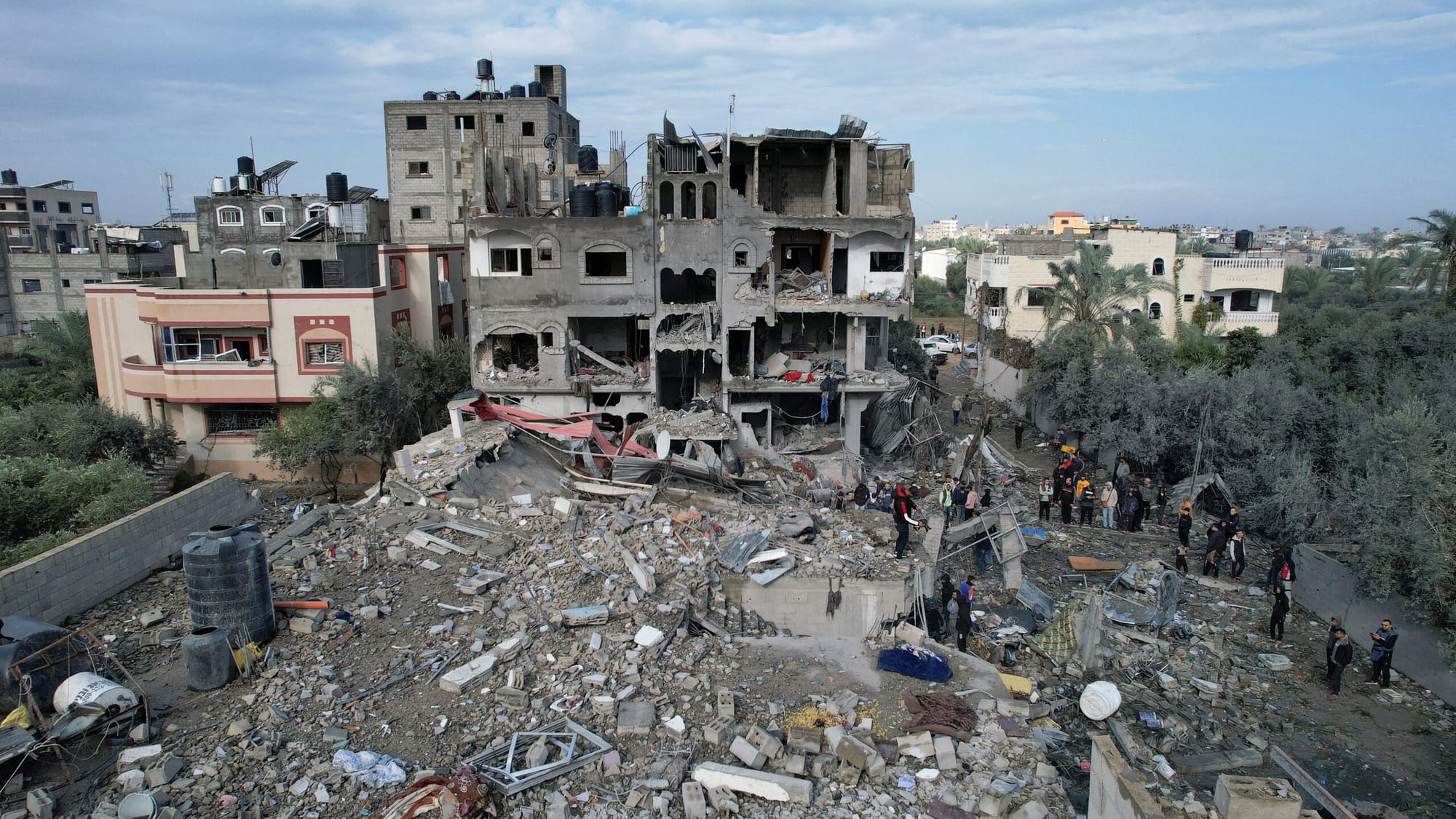
Hamas and other militant groups are known to deliberately plant IEDs in densely populated areas as part of a human shield strategy. They use the presence of civilians to slow down Israeli military advances and create international pressure. This tactic has been condemned by international organizations, including Human Rights Watch, for increasing the risks and suffering of Northern Gaza’s civilian population.
The consequences of these tactics are worsening trauma—both physical and psychological—for thousands of families who have been repeatedly displaced by the threat of explosions and artillery fire. Access to basic services, such as clean water and electricity, is extremely limited in most areas.
Demining Efforts and Ongoing Challenges
The Israeli military has now imposed stricter procedures for every operation in Northern Gaza, including deploying bomb disposal teams before advancing into new areas. However, the sheer volume of buried explosives and the lack of time mean these efforts are not always fully effective. International support, in the form of demining equipment and training, has started to flow in, but ongoing conflict continues to hamper these efforts.


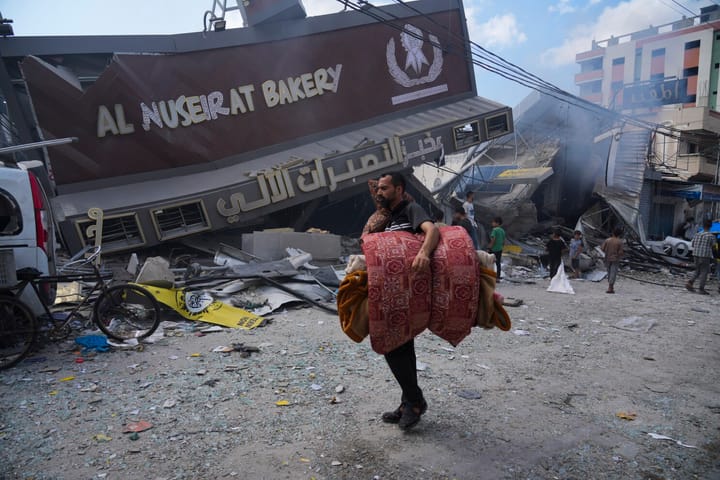
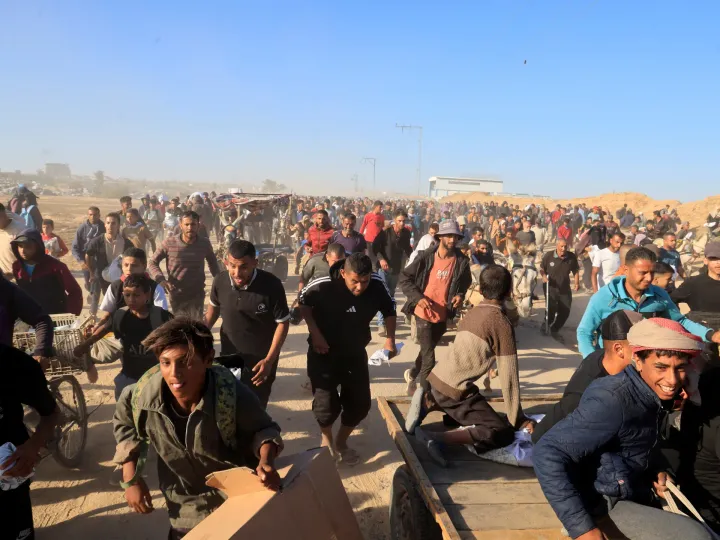
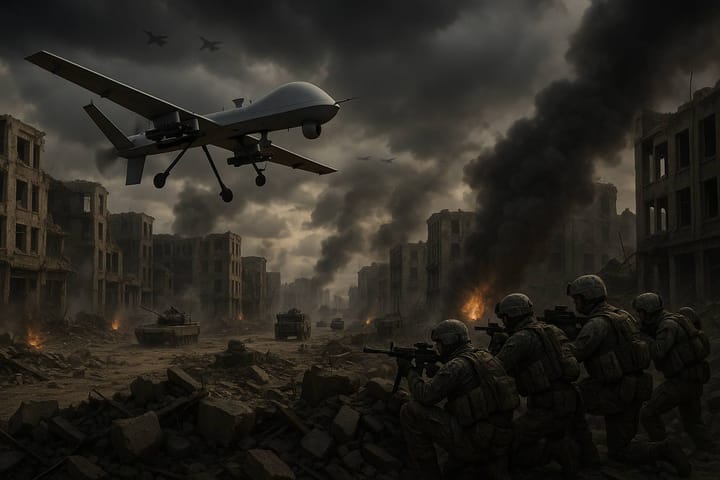
Comments ()